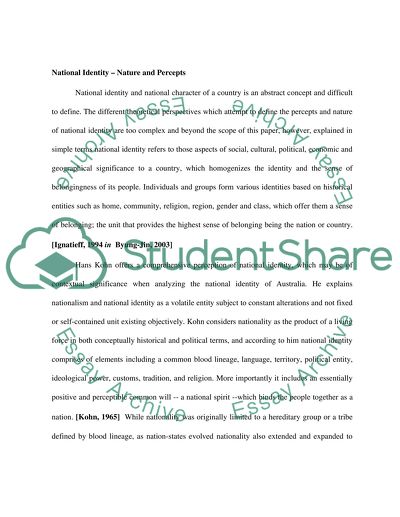Cite this document
(“Australia's national identity Essay Example | Topics and Well Written Essays - 2000 words”, n.d.)
Australia's national identity Essay Example | Topics and Well Written Essays - 2000 words. Retrieved from https://studentshare.org/sociology/1526289-australias-national-identity
Australia's national identity Essay Example | Topics and Well Written Essays - 2000 words. Retrieved from https://studentshare.org/sociology/1526289-australias-national-identity
(Australia'S National Identity Essay Example | Topics and Well Written Essays - 2000 Words)
Australia'S National Identity Essay Example | Topics and Well Written Essays - 2000 Words. https://studentshare.org/sociology/1526289-australias-national-identity.
Australia'S National Identity Essay Example | Topics and Well Written Essays - 2000 Words. https://studentshare.org/sociology/1526289-australias-national-identity.
“Australia'S National Identity Essay Example | Topics and Well Written Essays - 2000 Words”, n.d. https://studentshare.org/sociology/1526289-australias-national-identity.


